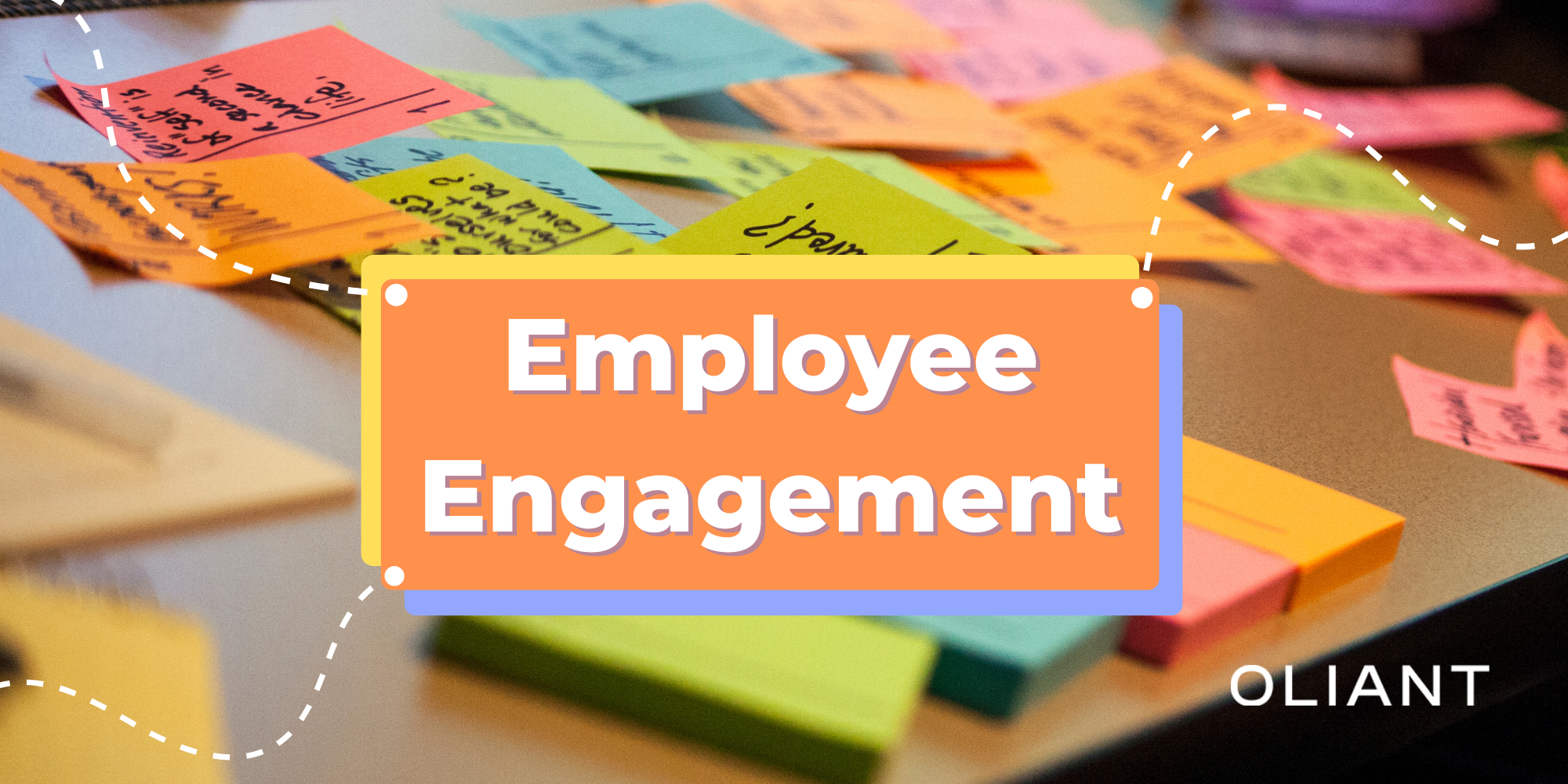Attention has never been as valuable a currency as it is today. Algorithms, data patterns, and entire industries are built around what captures and holds our focus. But what does this mean for your team?
If attention is power, then employee engagement is your company’s lifeblood. Retaining talent, avoiding burnout, and creating a positive work culture are essential to business survival.
With how chaotic everything is nowadays, I decided to write a practical guide on how to keep your team satisfied, energized, and genuinely happy to show up at work. Let’s take a look at my top 7 practical employee retention strategies.
1. Start with Gratitude: Cultivating a Positive Work Culture
Let’s be real—work is work. Not every day will feel like a dream. There will always be mornings when getting out of bed feels like a mission. But when that happens, it helps to pause and recognize the opportunity you've been given.
Not to sound too spiritual, but gratitude in the workplace can make a serious difference. Waking up with a smile (even a forced one) can shift your mindset. As the saying goes, “fake it till you make it.”
According to research from Dreammakerr, 87% of people with a positive mindset are more likely to lead healthier lifestyles and make better choices. They can even tolerate up to 50% more pain than those with negative attitudes.
This mindset has personally been huge for me. Approaching the day with happy thoughts is almost a rebellion against the current state of the world. Prices are not getting lower soon, but that shouldn’t define our days.
A positive outlook at work fosters resilience, emotional stability, and better decision-making. And yes, that translates into better teamwork, productivity, and workplace morale. So start with positivity; it will set the tone for everything else.
2. Choose the Right Incentives: Personalized Workplace Incentives
In recent years, companies have started to recognize that financial bonuses alone aren’t enough to sustain employee satisfaction. Bonuses are great, after all, but only if you have the time to enjoy them.
Over the past decade, the number of workers aged 16–34 years who reported that their mental health limits the type or amount of work they can do has more than quadrupled. According to the Mental Health Foundation, mental health was the fifth most common reason for sickness absence in 2022, and the most frequent cause of work-limiting conditions among adults under 44.
Real employee engagement strategies that engage with their mental health must be tailored. People have different needs; some prefer extra time off, others value flexible schedules or wellness programs. That’s why personalized workplace incentives go a long way in showing that you care.
Get to know your employees’ needs first, understand their lifestyles, and adjust their incentives based on that—whether it’s financial or time compensation, a combination of both, or something else entirely.
A company that invests in employee wellness reaps the benefits of loyalty, reduced turnover, and healthier communication.
[Also check out: What is Quiet Quitting?]
3. Plan Your Staffing: Avoid Employee Burnout
A common mistake companies make is underhiring, which forces existing team members to stretch beyond their limits. The result? Exhaustion, resentment, and eventually, staff burnout.
While no one can predict next year’s exact budget, having a staffing plan helps you maintain visibility and balance. It’s about setting realistic expectations and aligning your team’s capacity with actual demand.
This is one of the most overlooked but vital employee retention strategies: if your people feel respected and supported in their workload, they’re far more likely to stick around.
4. Team Bonding Activities: Create Positive Memories
Office language isn’t always real language. There’s often a performative tone at work, and it’s easy to fall into roles where people don’t feel seen beyond their job title.
Breaking that cycle is vital if you want to improve employee engagement, and making your staff feel like they’re more than their labor. Team bonding activities create a space where people can be authentic, laugh a little, and connect outside of their task list.
Whether it’s a small celebration, a group outing, or a fun internal event, these experiences shape your company culture. And when people associate your workplace with positive memories, you build loyalty that no amount of salary can buy.
So take your team out, surprise them, show appreciation, and make it meaningful.
.png)
5. Invest in Training and Mentorship
No matter how experienced someone is, everyone needs growth. Providing consistent employee training and development opportunities helps your team feel like they’re building something, not just clocking in.
Ask questions like:
- What’s a skill we’re not using enough?
- What’s something new we can introduce next quarter?
- Where did we struggle last month, and how can we improve?
And mentorship? That’s gold. Pairing team members with mentors can reignite motivation and introduce fresh perspectives. As mentioned in our 2025 Mentorship Programs Guide, creating structured learning paths is a smart long-term investment in your people.
Mentorship promotes employee satisfaction and reduces turnover. Growth leads to gratitude—and gratitude leads to loyalty.
6. Encourage Communication and Honest Feedback
You can’t fix what you don’t understand. And you can’t improve if you don’t listen.
Many companies fall into the trap of top-down communication, where employees are afraid to speak up. But an honest feedback culture in organizations creates clarity, transparency, and trust.
Always leave space for dialogue, even (and especially) the uncomfortable kind. Whether it’s one-on-ones, anonymous forms, or casual check-ins, show that you value input. It’s the bridge that binds the complexities of the workplace.
Misunderstandings and mistakes often stem from silence, that can come from employees being afraid to speak up or simply not having a place to lay out their thoughts. If you want to foster a truly positive work culture, focus on clear communication and making sure your team feels heard.
[Also check out: How to Create a Strong Software Team]
7. Build an Inclusive and Honest Company Culture
Slogans have become a common shorthand for when people want to build their company culture, but what matters at the end of the day isn't what you say; it's what you do.
A true company culture starts when you allow honesty to manage your choices. Be transparent when possible. Share goals, struggles, even budget shifts. When people understand the bigger picture, they feel valued, trusted, and part of something.
Inclusion is another piece of the puzzle. Every team member brings their own personality, rhythm, and social language. That’s why building a supportive workplace means treating each person individually, with patience, respect, and openness.
You may not always understand someone’s point of view. That’s okay. But make sure someone on your team can, and empower them to help bridge that gap. When people feel like they belong, they’re more likely to go the extra mile.
Final Thoughts: Keep It Real, Keep It Practical
There’s a lot of data out there on how to retain employees, reduce burnout, and improve employee engagement, but at Oliant, we believe in keeping things simple and actionable. And that extends to our partners.
Start with gratitude, build strong incentives, plan for the future, and make time for team bonding. Layer in training, communication, and an inclusive company culture, and you’ll create a space where people want to stay, grow, and thrive.
Because in a world where attention is everything, giving your team the attention they deserve might just be the smartest business move you make.

















.png)





.png)



.png)










.avif)










.avif)
